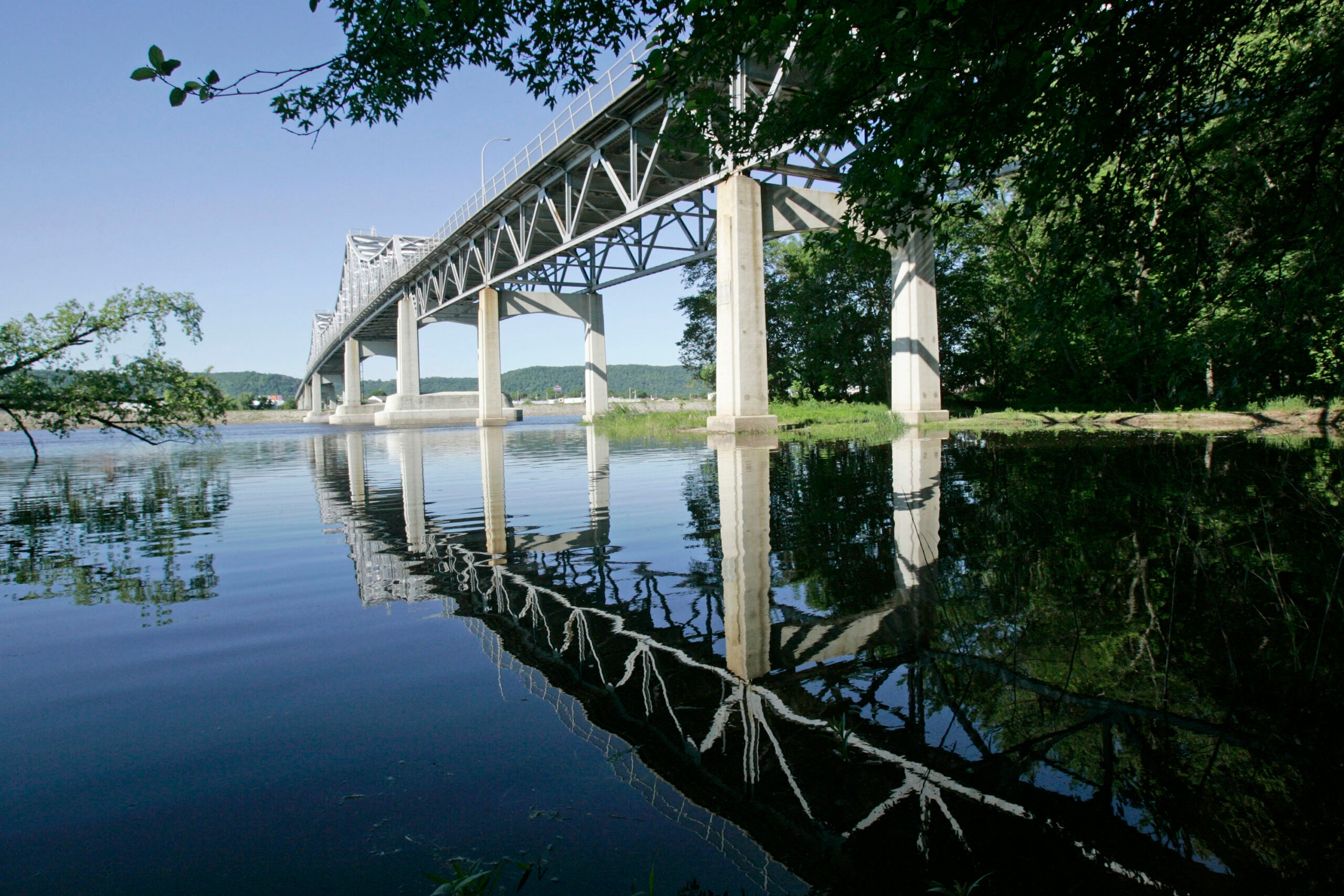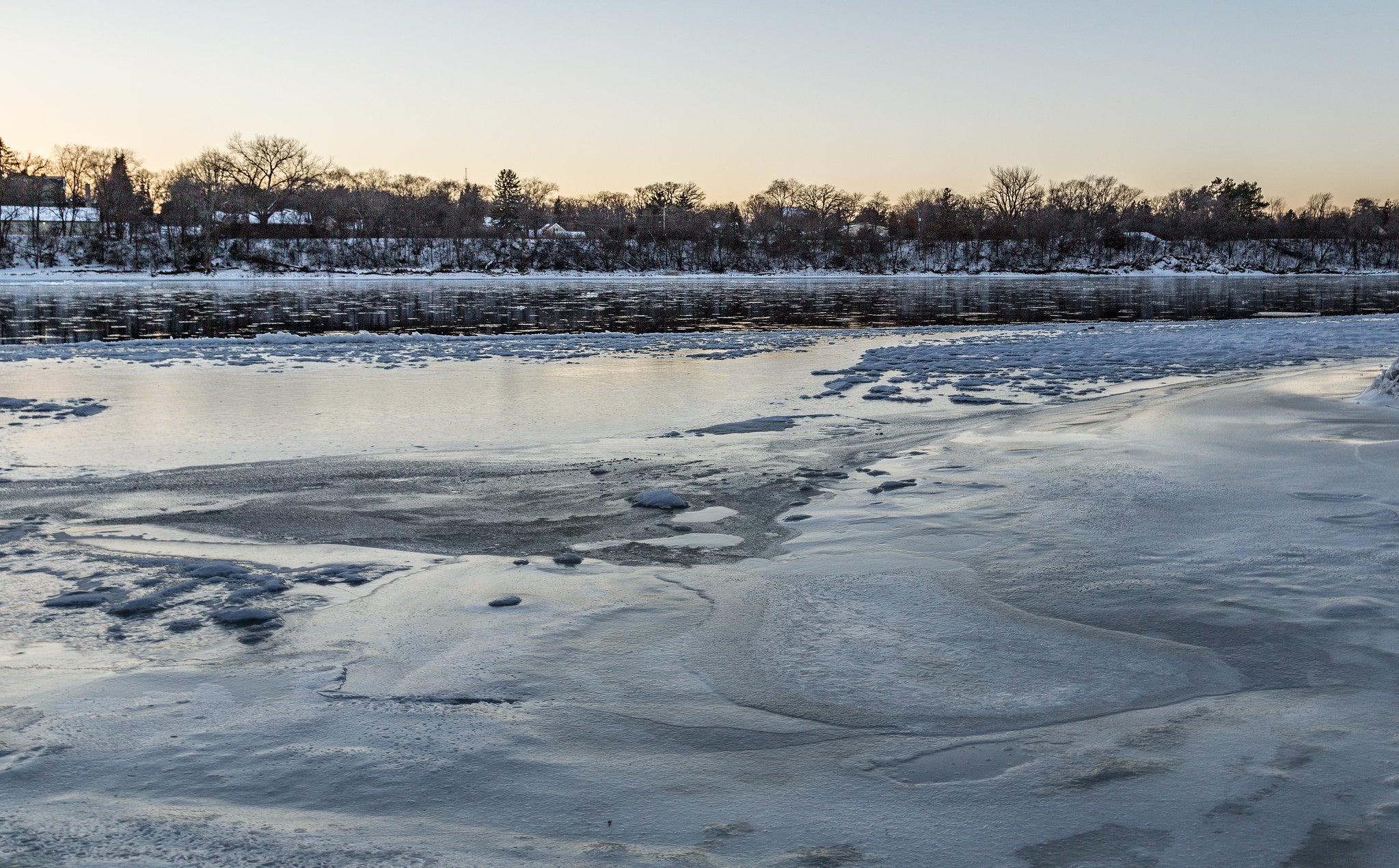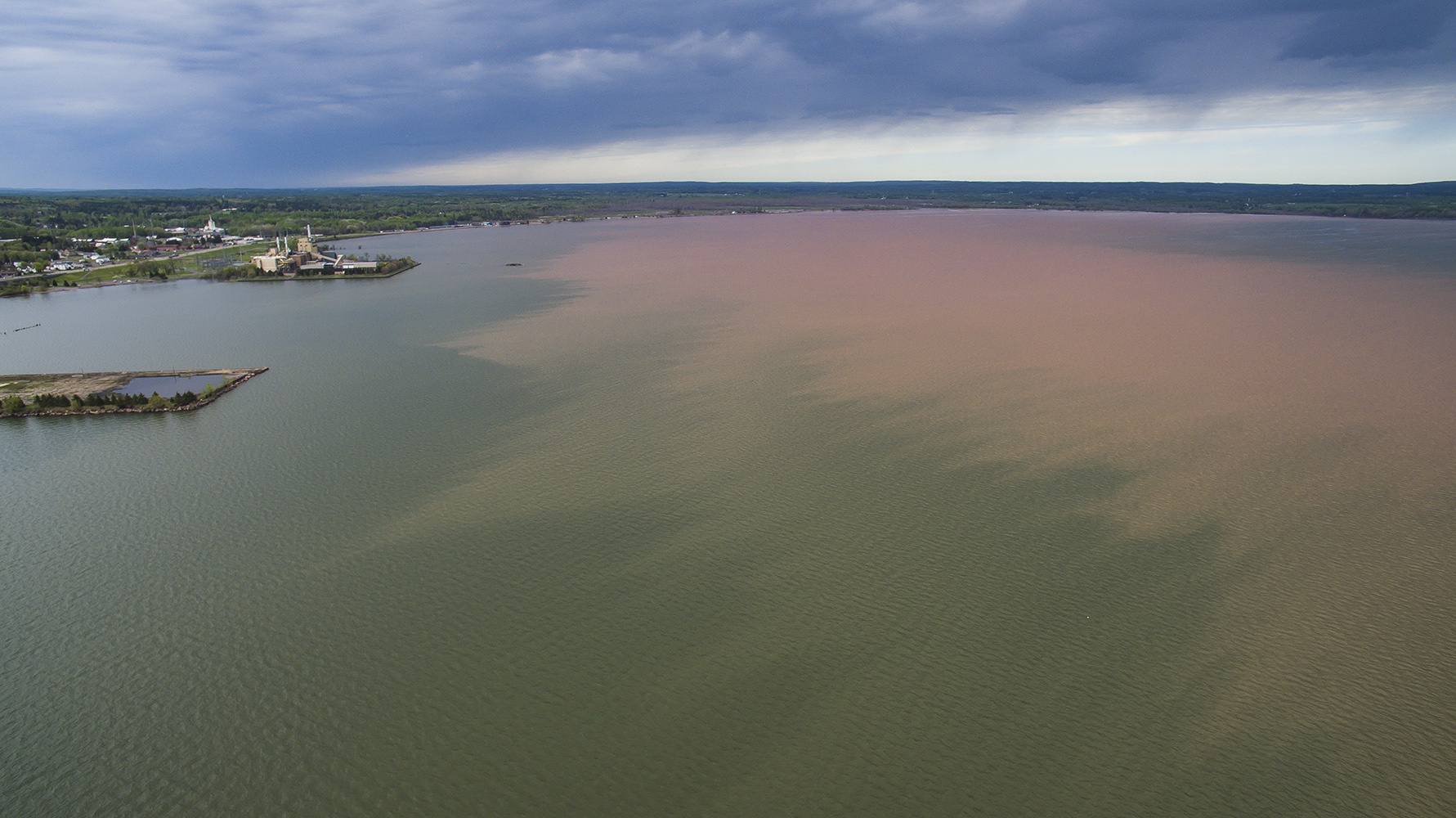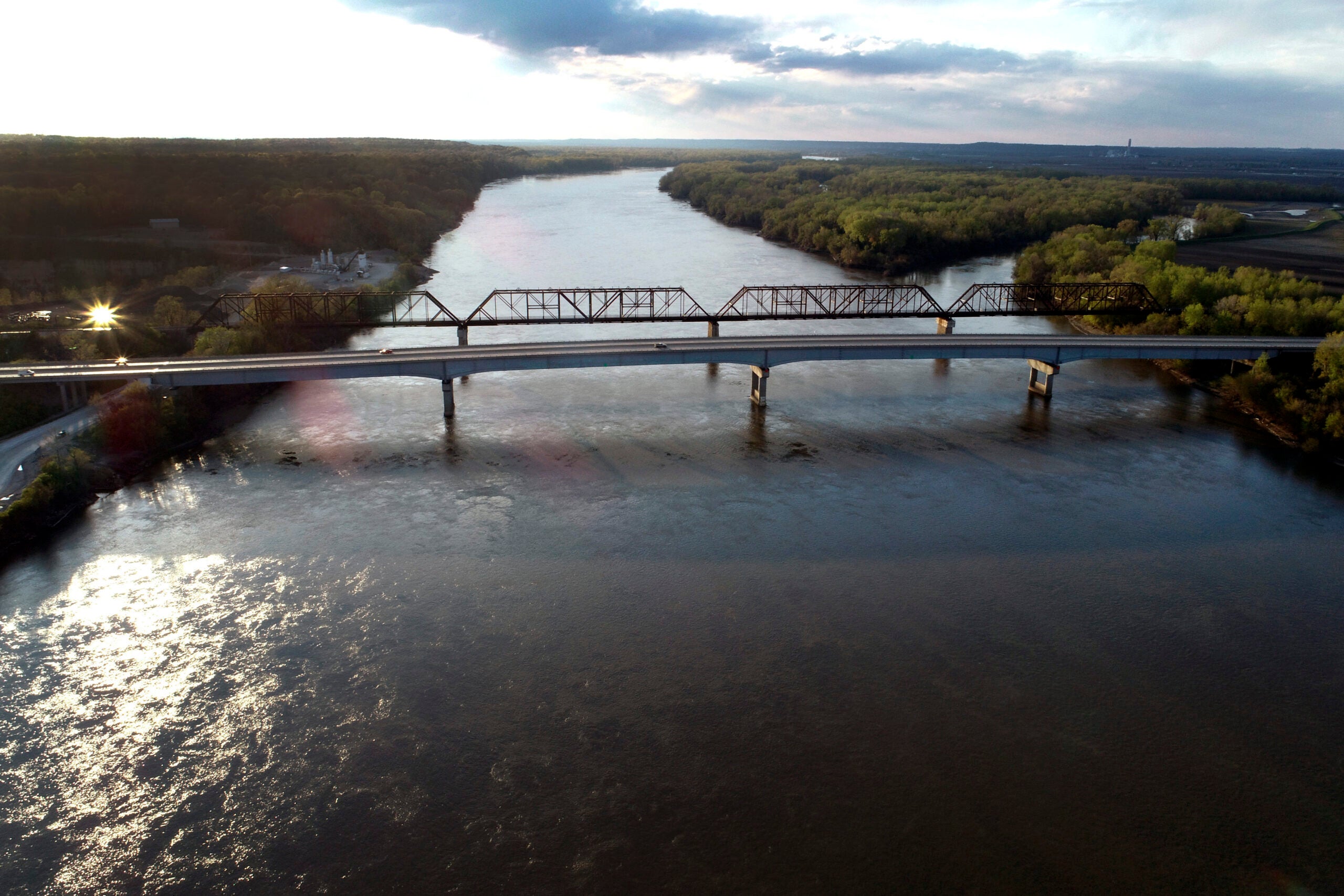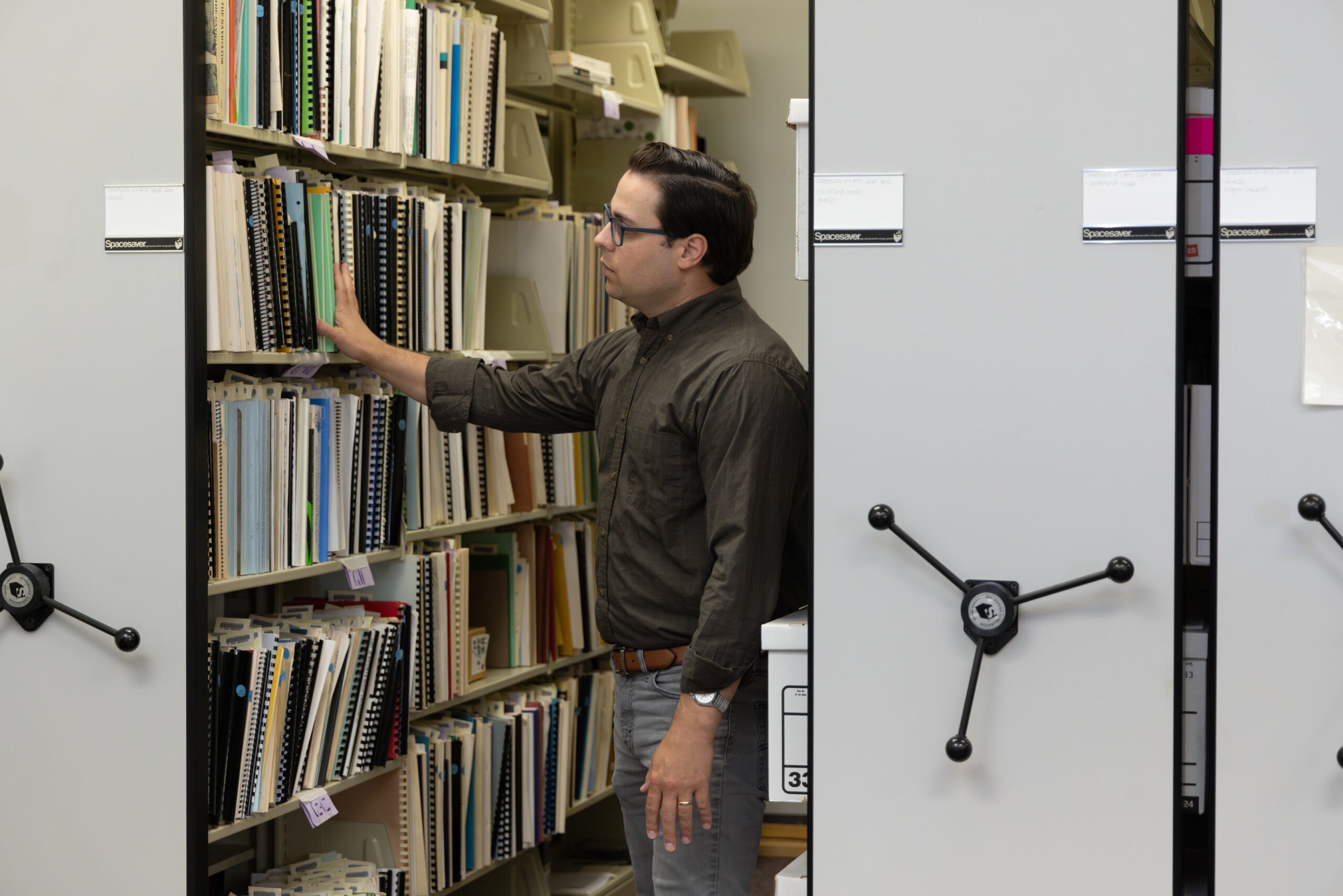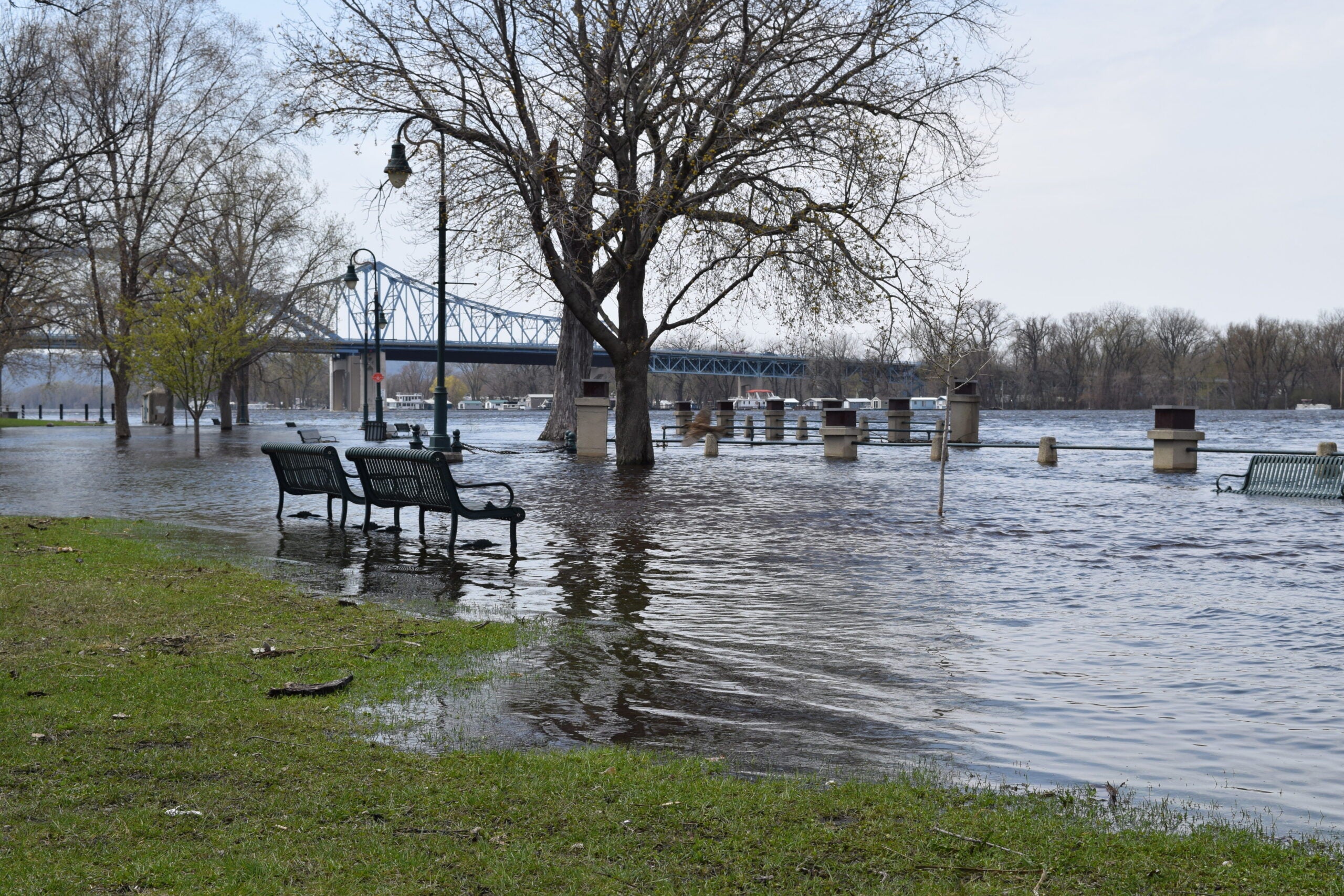Poor water quality and increased risk of flooding continue to be significant problems throughout the Mississippi River watershed, according to the latest report card from America’s Watershed Initiative (AWI), an organization representing business, government, academic and civic organizations related to the Mississippi River.
The report card looks at the environmental health of the river and flood risk management, as well as recreational use, transportation and economic indicators.
The last report, issued in 2015, gave the watershed a D+. This year’s report card came in at a C-.
Stay informed on the latest news
Sign up for WPR’s email newsletter.
Kim Lutz, AWI’s executive director, said the small improvement came from improved recreational use of the watershed and new investments in the river’s lock and dam system.
But she cautions that the river still faces major problems.
“It’s probably still not a grade you would be that happy to take home to your parents,” Lutz said. “Overall, we still see a pretty concerning picture, especially in terms of water quality and flood frequency.”
Water quality was the only section of the report card to receive a failing grade. The report found nutrient levels from wastewater, agricultural runoff and fertilizer have remained steady or increased in the last five years.
Lutz said part of the change in the water quality sector comes from access to better data from the U.S. Geological Survey on sediment and chemical levels throughout the watershed.
But she said changes in land use and the intensification of agriculture have also contributed to the declining score.
“To get more production out of every single acre, there is just a concentration of agricultural practices that is leading in some cases to this decrease in water quality,” Lutz said. “I don’t want to put a finger on agriculture because there’s so many good things that come from agriculture. Really the water quality issues are coming from runoff, fertilizer, livestock manure, all of those factors.”
Larry Weber is an environmental engineering professor at the University of Iowa who created the Iowa Nutrient Research Center, which focuses on agricultural and land practices to prevent runoff of nutrients.
Weber said more organizations and farms across the Midwest are working to implement new conservation practices to address water quality.
But he said the scale of these projects has not kept pace with agricultural development. He points to the growing number of hog concentrated animal feeding operations, or CAFOs, in Iowa that produce large amounts of manure as an example.
“As our soils have gotten wetter, that manure is being applied on highly saturated soils that are intensely drained, giving a very fast pathway of nitrogen back to our streams,” said Weber, who is also a member of AWI’s Board of Directors.
But he said making the large scale change that is needed is not impossible. He said farmers made similar changes in favor of conservation when they adapted tilling practices to prevent soil loss.
“Over a 50-year period, we changed the way soils came off the land,” Weber said. “We solved that problem, or most of that problem. We could solve this water and nutrient issue if we had the political will to do it.”
The report also grades each basin of the Mississippi River watershed.
The Upper Mississippi River Basin, which includes Wisconsin, maintained it’s grade from the 2015 report at a C. The basin scored highest in the water supply and economy goal areas, two sections that saw improved scores from the 2015 report.
Lutz said part of the improvement came from a change in the way AWI calculates the economy score. She said the basin also reported fewer violations of water treatment standards in the last five years.
The Upper Mississippi’s worst scores were in the water quality and ecosystems, and flood control and risk management categories.
Lutz said flooding has become a major problem across the watershed, but especially in northern areas.
“The excessive amount of (water level) fluctuation and the number of days that it is reaching that high, high level of flooding is changing pretty dramatically,” Lutz said. “Extreme flooding was noted in five of the last 10 years. So the changes we’re seeing in precipitation and the climate are very much upon us.”
Kirsten Wallace is executive director of the Upper Mississippi River Basin Association, a partnership between Wisconsin, Minnesota, Illinois, Iowa and Missouri on river-related programs and policies.
She said the region has seen more widespread and more intense rainfall events over the last decade due to climate change.
“With land use practices that push that water off, whether it’s urban or ag, that further amplifies this kind of flash flooding that we’re seeing,” Wallace said. “So it’s probably a new climate science model, so we can wrap our hands around ‘OK, this is what we understand our future to potentially hold. What do we do about that?’”
Wallace said she is hopeful the Upper Mississippi River and other parts of the watershed will see new federal investment under the incoming Biden administration, especially with Iowa-native Tom Vilsack returning to his role as U.S. Agriculture Secretary.
“These plans are here, and they’re ready for big investment,” Wallace said. “So I’m hopeful that given the amount of thought and coordination and energy behind them from a broad array of stakeholders that we’ll be able to compete.”
Wisconsin Public Radio, © Copyright 2025, Board of Regents of the University of Wisconsin System and Wisconsin Educational Communications Board.

